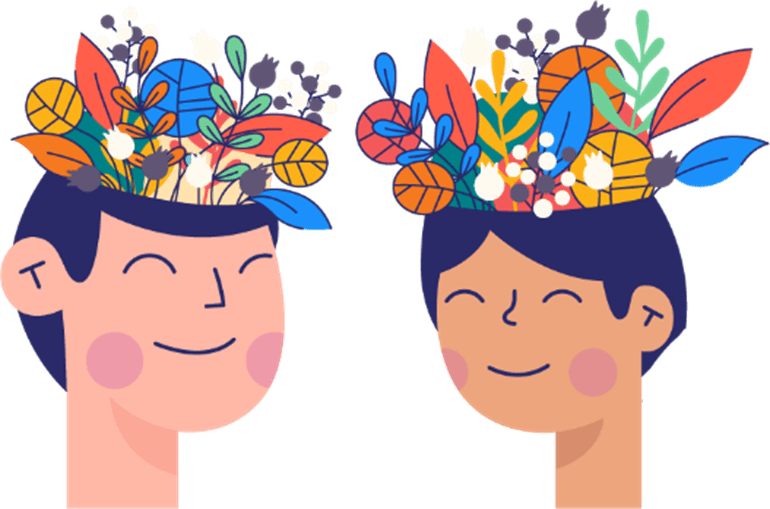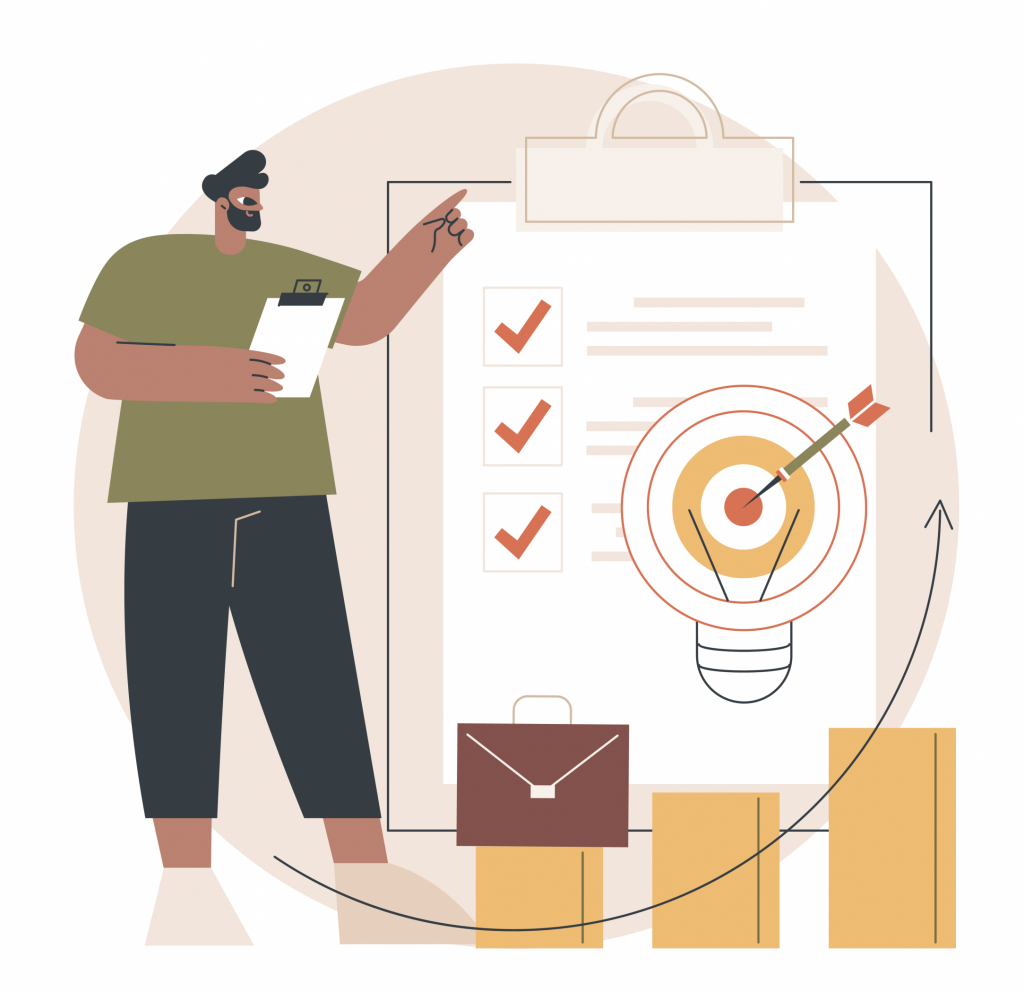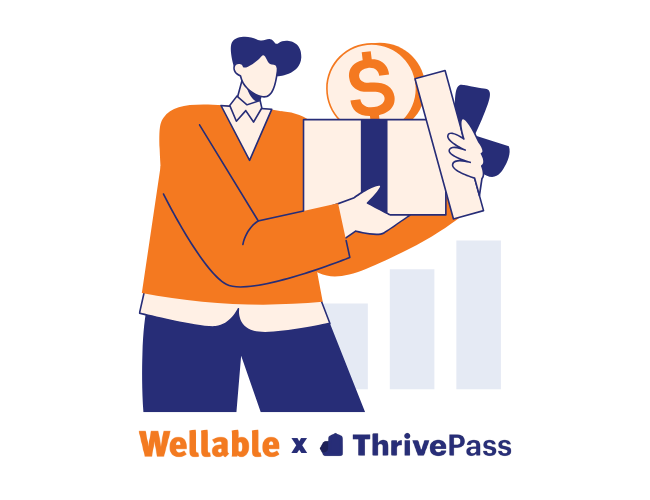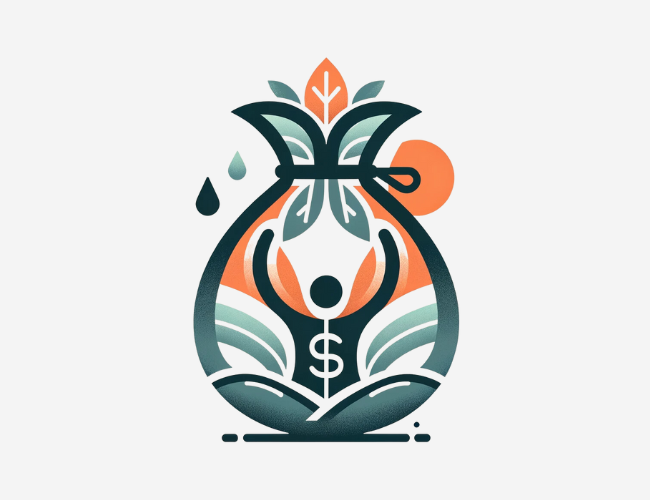Despite employers’ good intentions, many employee wellness programs fall flat because they fail to inspire meaningful, long-term engagement. The issue isn’t the availability of wellness resources but the lack of a workplace culture that actively supports and celebrates well-being.
Offering a wellness program, even a comprehensive one, isn’t enough to build the kind of well-being support today’s employees expect. Eighty-three percent of employees say they would consider leaving their employer due to insufficient well-being initiatives, meaning companies must find a way to go beyond the basics to mitigate retention risks. The challenge is finding creative, effective ways to make employees feel seen, supported, and motivated to care for their holistic health.
Organizations can lean on wellness rewards and recognition that complement their current wellness programs to encourage individuals to consistently participate. This strategy promotes program engagement, consistent healthy behaviors, and a culture of health and well-being.
What are Wellness Rewards and Recognition Programs?
What is Employee Recognition?

A recognition program is an intentional approach to fostering workplace belonging and motivation by celebrating actions, attitudes, and achievements that align with company values and support holistic wellness. There are many types of recognition, such as peer-to-peer shoutouts, manager praise, company-wide public spotlights, private acknowledgement, and more. These moments of acknowledgement don’t need to be tied to a dollar amount. The simple act of recognition communicates that a worker’s contributions or achievements aren’t going unnoticed, and it can go a long way in making employees feel appreciated.

What are Wellness Rewards?
Traditional incentive programs tend to focus on driving performance or hitting KPIs, while wellness rewards are directly linked to employee involvement in a company’s wellness program. Whether physical or experiential, they are tangible forms of acknowledgement specifically designed to foster employee health and well-being by rewarding program participation. Ultimately, wellness rewards show employees that their health, happiness, and self-care are organizational priorities.
Why Integrate Rewards, Recognition, and Wellness?
Boosts Motivation and Builds Healthy Habits
Simply having a wellness program doesn’t automatically create healthier employees. The key to encouraging a healthier workforce lies in behavior-change science. Research has shown that rewards play a pivotal role in reinforcing behavior change. When employees experience positive outcomes—whether external incentives like praise, points, or prizes, or internal satisfaction from achieving a goal—they’re more likely to repeat the behavior. These associations establish the building blocks of long-term habits.
Importantly, for healthy behaviors to become lasting habits, they must be practiced regularly and supported over time. When healthy actions are consistently reinforced through wellness rewards, they gradually become automatic, requiring less conscious effort and becoming part of an employee’s everyday life. A well-designed wellness program that integrates rewards and recognition supports the ongoing development of healthier routines and turns short-term efforts into lasting health habits.
Promotes Mental Health and Reduces Burnout

According to recent research, 31% of employees indicate that the top cause of burnout is lack of support or recognition from leadership. This reinforces the role recognition plays in shaping the work environment and emotional climate of teams. Workers who feel that their identity, contributions, and perspectives are genuinely valued by leadership report higher levels of psychological safety, which is closely tied to reduced stress, improved emotional resilience, and better mental health.
Companies can communicate care and respect for their employees and their overall well-being by combining wellness initiatives with consistent recognition and rewards. These efforts create a workplace culture where employees feel seen, supported, and motivated to do their best work.
Reduces Engagement Fatigue and Improves Accessibility
Wellness programs and rewards initiatives are powerful on their own, but when they exist in silos, employees can become overwhelmed. With 71% of employees already feeling overwhelmed by the amount of change at work, disconnected initiatives only add to the noise as they often lead to inconsistent communication and confusion about where and how to participate. This dilutes program impact and contributes to engagement fatigue.
Integrating wellness, rewards, and recognition into a unified experience improves accessibility and helps maintain momentum. When everything lives in one place with clear pathways to participate, earn rewards, and get recognized, employees are more likely to stay engaged. A centralized platform streamlines communication, simplifies navigation, and fosters sustained involvement.
Key Elements of an Effective Rewards and Recognition Program
Companies must go beyond basic incentives and adopt a more thoughtful, strategic approach to create a program that drives real engagement and supports long-term employee well-being. Below are elements that help make a wellness rewards and recognition program successful.
- Emphasis on holistic well-being: Tie rewards to a variety of employee behaviors and program involvement like volunteering, engaging in physical challenges, or attending mental health webinars to support whole-person health.
- Diverse mix of reward options: Offer a wide variety of rewards to ensure the program can be personalized based on employee interests. This could include gift cards, wellness products, gym-membership reimbursement, lifestyle spending accounts, or a unique experience like a cooking class.

- User-friendly, accessible platform: Choose a digital platform that makes it easy for employees to view, track, and redeem rewards. It should be intuitive, mobile-friendly, and seamlessly integrated into the employee experience.
- Built-in social support and community features: Incorporate tools such as a live recognition feed or community chat to help foster camaraderie and visibility. When employees can celebrate one another’s achievements publicly, it builds a sense of shared purpose and strengthens team morale.
- Milestone acknowledgement: Integrate automatic recognition for major employee milestones like work anniversaries and promotions. Celebrating progress helps sustain momentum and reinforces employee commitment.
- Active leadership participation: Ensure that managers regularly recognize their teams and participate in wellness initiatives to signal that well-being is a top-down priority, not just a one-off HR initiative.
Types of Wellness Rewards and Recognition to Consider
The types of rewards and recognition you provide to employees can span various dimensions of wellness to support holistic well-being and contribute to a more balanced, fulfilling work experience.
Physical Wellness

- Cater a healthy team lunch to encourage nutritious eating and connection.
- Gift branded yoga mats to support at-home or in-office movement.
- Host on-site fitness classes like Zumba or strength training.
Emotional Wellness
- Offer extra time off for mental health or rest days.
- Provide “wellness day” passes for self-care and recharging.
- Schedule on-site chair massages to reduce stress and promote relaxation.
Occupational Wellness
- Let employees shadow a leader to gain new career insights.
- Organize a “switch roles” day to offer employees a chance to explore different career opportunities.
- Offer reimbursement for professional development courses, conferences, or certifications.
Social Wellness

- Recognize achievements with public shout-outs or private acknowledgements.
- Plan team events like bowling, escape rooms, painting classes, or volunteer days.
Financial Wellness
- Offer lifestyle spending accounts to support personal finances.
- Reimburse commuting expenses to offset the cost of transportation.
Environmental Wellness
- Offer a donation to an employee’s favorite sustainable charity.
- Provide stipends for eco-friendly home office upgrades like LED lights or plants.
Intellectual Wellness
- Gift personal development or leadership books tailored to employee interests.
- Support passion projects with time off or small grants.
- Offer subscriptions to learning platforms like MasterClass or Coursera.
Spiritual Wellness
- Provide access to mindfulness and meditation apps or guided sessions.
- Gift items like journals, candles, or affirmation cards.
Best Practices for Launching a Wellness Rewards Program
The following steps are best practices for building and launching a successful, comprehensive rewards and recognition program that seamlessly integrates with your wellness initiatives.
Align with Employee Wellness Goals
Start by understanding your employees’ wellness priorities. Use methods like pulse surveys or focus groups to gather insights into what motivates them, what challenges they face, and what types of incentives they value most. Offer a range of rewards to appeal to employees at different stages of their health journey for a tailored approach that helps the program feel personal and meaningful.

Determine Program Structure
Decide whether your program will run continuously or be built around a series of one-time wellness challenges. Continuous programs offer steady engagement and foster long-term behavior change, while time-based challenges (like a month-long step challenge) can create initial excitement. A blended approach, like offering quarterly challenges layered on top of a year-round program, can balance consistency with novelty and keep interest high.
Create Clear and Attainable Goals
Identify the specific behaviors you want to promote, such as physical activity, stress management techniques, mental health initiatives, or preventive care. Goals should be flexible and inclusive, so employees of all wellness levels can participate meaningfully. Make benchmarks specific, measurable, and realistic. For example, a goal could be to walk 10,000 steps daily for a month to receive a certain reward, so participants know exactly what they’re working toward.
Use a Point-Based System
Designate a points system to create structure and transparency. Assign point values based on the time, effort, and impact of each activity. For instance, attending a webinar might earn 200 points, while completing a 30-day hydration challenge might earn 600. You can also designate reward tiers, encouraging employees to build points over time to unlock higher-value incentives. This gamifies wellness and gives employees control over their participation.
Communicate and Promote

Promote the program across multiple channels (e.g., email, meetings, intranet banners, posters, and messaging platforms) to maximize visibility. Clearly outline how it works, what rewards are available, and how employees can get involved. Reinforce the “why” behind it, highlighting that the goal is to improve health, reduce stress, and support better work-life balance. To streamline ongoing communication, consider a one-stop-shop platform that combines the wellness and rewards programs.
Evaluate and Improve
Collect data regularly to measure what’s working and what’s not. Track participation rates, reward redemption, and employee feedback to identify areas for improvement. You may find that certain rewards need updating, new features should be added to your wellness platform, or employees want more recognition for specific achievements. Continuous refinement ensures your program stays relevant and impactful over time.
Conclusion: Employee Recognition and Rewards as a Wellness Strategy

When used together in a comprehensive wellness program, wellness rewards and recognition play a powerful role in creating a culture of workplace wellness that lasts. Rewards spark participation in wellness programs and reinforce healthy habits over time, while thoughtful recognition enhances employees’ sense of purpose, strengthens their commitment, and deepens their connection to the company’s mission. Together, they build a culture where well-being is woven into the fabric of everyday work, empowering employees to thrive in all areas of their lives.












